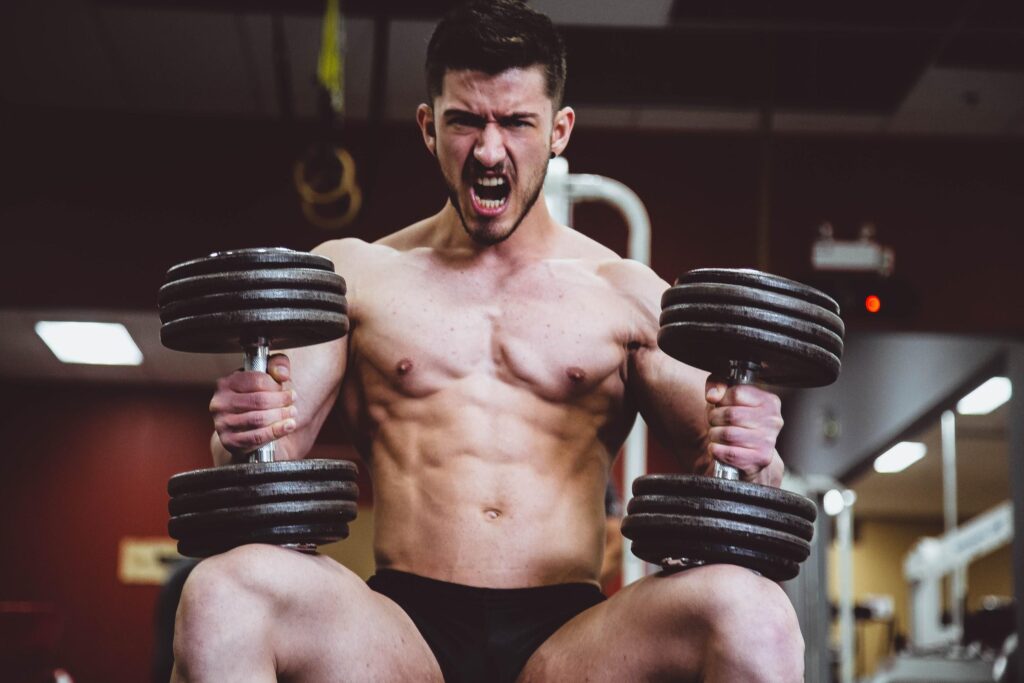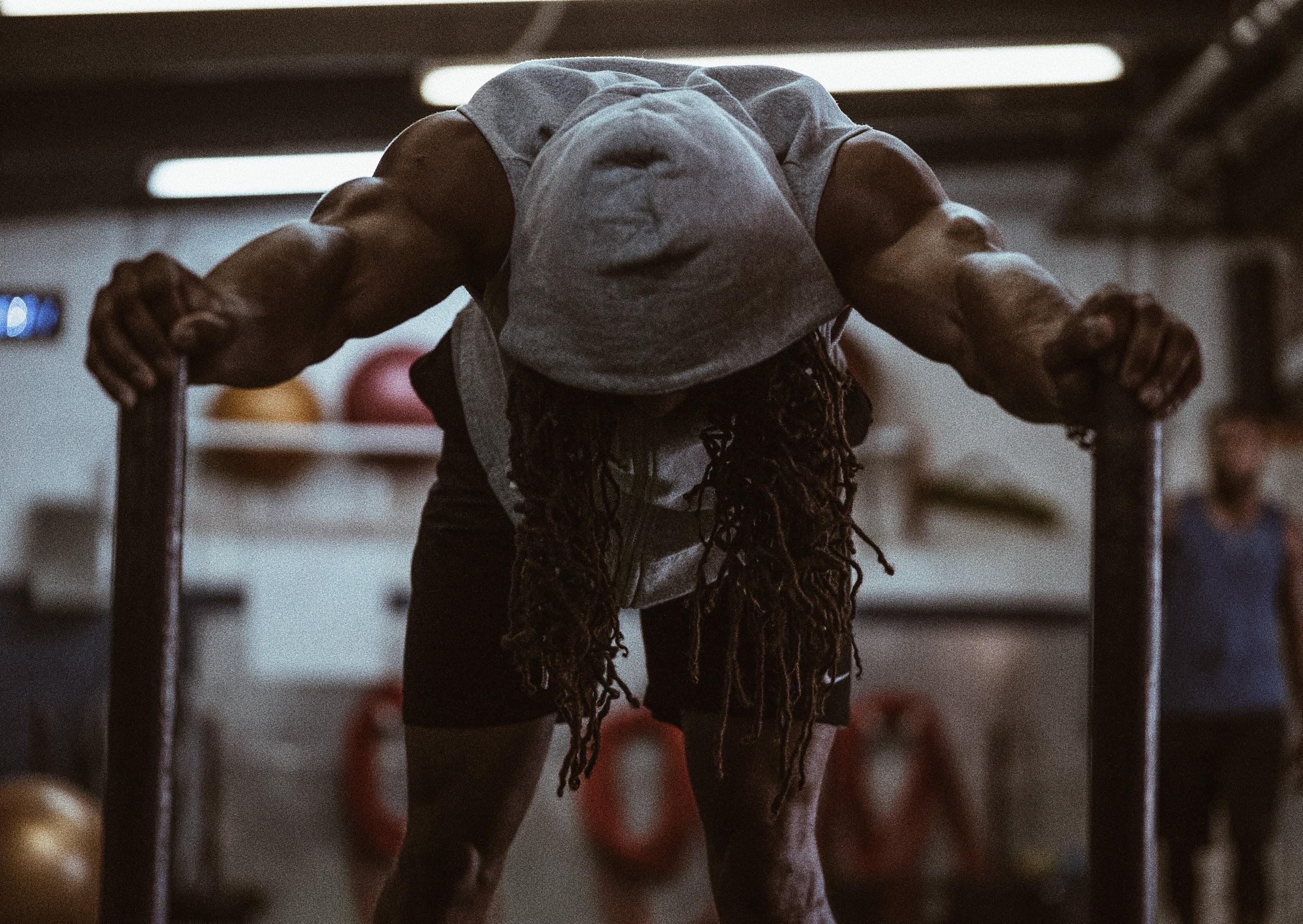If you regularly workout, chances are that you’ve experienced muscle soreness that makes it hard to perform basic exercises. This condition is called Delayed Onset Muscle Soreness (DOMS), and some people think it’s a good sign of a great workout program.
But this isn’t the case; DOMS can significantly hamper your workouts and cause you discomfort. While it may be a psychological indicator, physiologically, it is counter-productive.
Muscle Soreness Doesn’t Indicate Effective Workout
The notion that a workout session is not useful unless you experience muscle soreness after a workout is highly deceptive. Muscle soreness next day is not positive feedback for progress in your workouts.
Every time you push the limits beyond your usual workout regime or start using new sports equipment, you will most probably get sore muscles the next day. However, as you continue performing the exercises, your body will adapt to the new limits. With each consecutive workout, you might feel less sore, and you might not get any soreness. But that doesn’t mean you aren’t getting any fitness gains.
What is Muscle Soreness?
The side effects of rapid muscle strain present as pain after a workout are usually referred to as delayed onset muscle soreness (DOMS). On average, it starts 24 to 48 hours after a workout but not during or immediately after a workout.
The American College of Sports Medicine reports that symptoms of muscle soreness manifest within one day post-workout. In 1-3 days after intensive exercise, the pain peaks and then decreases gradually.
Some common muscle soreness symptoms may include:
- Swollen muscular tissues
- Affected tissues feel tender
- Short-term reduction of strength in affected areas
- Muscular fatigue
- Stiff and painful muscular tissues resulting in a limited range of motion
What Causes DOMS?
Most high-intensity workouts may cause your muscular fibers to develop tiny tears. As a result, the body responds to the injury by increasing inflammation in the affected area. While some people will experience muscle soreness after an intense workout, eccentric exercises are the top triggers that cause soreness.
More often than not, you can experience muscle soreness after:
- Starting a workout program after prolonged inactivity
- Adding new activities or sports equipment to your workout routine
- Increasing intensity of regular exercise
- Repetitive exercise without allowing enough resting time for recovery
Contrary to popular belief, just about anyone can experience muscle soreness for days, including professional and beginner athletes. Irrespective of your fitness level, you are prone to muscle soreness anytime you increase workout intensity or perform a range of exercises that your body isn’t used to.

Keep Moving to Ease DOMS
On the onset of muscle soreness, it’s tempting to feel a strong aversion towards any form of workout. But if you take a break from exercises will only aggravate the problem –it doesn’t help relieve the soreness or quicken recovery.
The best thing is to listen to how your body is affected by soreness; if it’s too severe, you can take the rest of the day entirely off so your muscle fibers can heal and repair. At the bare minimum, you will need to avoid any intensive workout that may involve high-intensity powerlifting or cardio exercises when muscles are extremely sore. The point is to keep off any kind of exercise that may delay recovery or make muscle injury worse than it already is.
To recover sore muscles after a workout, keep moving and always do your best to perform gentle exercises and movements throughout the period. While doing this doesn’t make your muscles heal quicker, the soreness can feel less sore. For instance, you can try some less-strenuous Yoga exercise, moderate cycling, swimming, or walking.
How to Treat DOMS
While there may be a dozen suggestions for treating sore muscles, giving time for recovery is the best way to help your muscular tissues heal. However, there are several steps you can take to reduce stiffness, soreness, and ease the pain in your muscles as the fibers repair the tear injuries. At present, research findings on muscle soreness are mixed, and there is a need for additional studies to address the issue. However, available research has shown the following steps are useful for making soreness more bearable and lower the discomfort.
Massage
A study reported that getting a massage targeting areas affected by soreness makes you feel better. People who massaged their muscular tissues 24, 48, 72 hours post-intensive workout experienced less soreness as opposed to people who didn’t get a massage after a high-intensity workout. Nevertheless, timing the massage 48 hours after a highly-strenuous workout shows the best results in reducing the aftermath.
While massaging your muscles after every exercise may not be practical, you can try a mild self-massage on the following areas:
- Buttocks
- Thighs
- Calves
- Shoulders
- Arms
To do this, use some oil and squeeze, knead, or shake the muscles. Also, using a foam roller immediately after working out may lessen the intensity of soreness before it even begins.
1. Cold bath
One study revealed that immersing your body in cold water (50-59 degrees) positively affects lowering soreness. For professional and elite athletes involved in regular high-intensity workouts, cold baths have become extremely popular to lower muscle soreness.
2. Warm bath
If an ice-cold bath seems an extreme measure for you, a warm bath can give some relief. A warm bath or moist heat wraps can ease muscle soreness and stiffness experienced after high-intensity workouts.
3. Topical Analgesics
Topical analgesics can be a great way of getting some relief for soreness and pain caused by DOMS. Specifically, products with arnica or menthol ingredients tend to be quite useful. You should apply them on sore areas but always make sure to follow the instructions indicated on the packaging.
Preventing DOMS by Training Smart
While it may not be possible to avoid muscle soreness from working out entirely, you can take a few steps to reduce the intensity and ensure muscle growth without soreness. The following tips might help.
#Warm up
For 5-10 minutes before starting your workout program, do some dynamic stretching exercises. You can skip the normal static stretching altogether until you have finished all the workout exercises.
#Cool down
According to this study, taking at least 20 minutes of low-intensity cycling to cool down after a high-intensive workout targeting the lower body shows better effects on preventing extreme DOMS. At all times, try to end the session with static stretching exercises. While this might not prevent the onset of DOMS, it will improve joints and flexibility.
#Stay Hydrated
According to studies, people who did their workouts in hot and humid environments experienced less soreness if they hydrated before, during, and after workout sessions.
Conclusion
Contrary to popular belief, muscle soreness after exercise is not synonymous with fitness gains from a workout. In fact, it can limit your mobility and muscle strength. So don’t use post-workout muscle soreness as a badge of honor, it’s quite inaccurate, and the discomfort is likely to jeopardize your workout sessions.
The best way is to make progress while avoiding DOMS. But in the end, this requires pushing your limits more often. If you get muscle soreness, self-care is a great way of lessening the impacts as you allow the muscles to recover. Ultimately, workouts shouldn’t cause you too much pain. Be more strategic and train smart to avoid any unnecessary pain and misery. What’s your take on post-workout muscle soreness? Share your view and experience in the comments section.
Author Bio: Thomas Nemel is a resident fitness expert blogger and writer. His mission is to help people experience a balanced life by sharing actionable tips on health and fitness. When he’s not writing he is busy working out.
